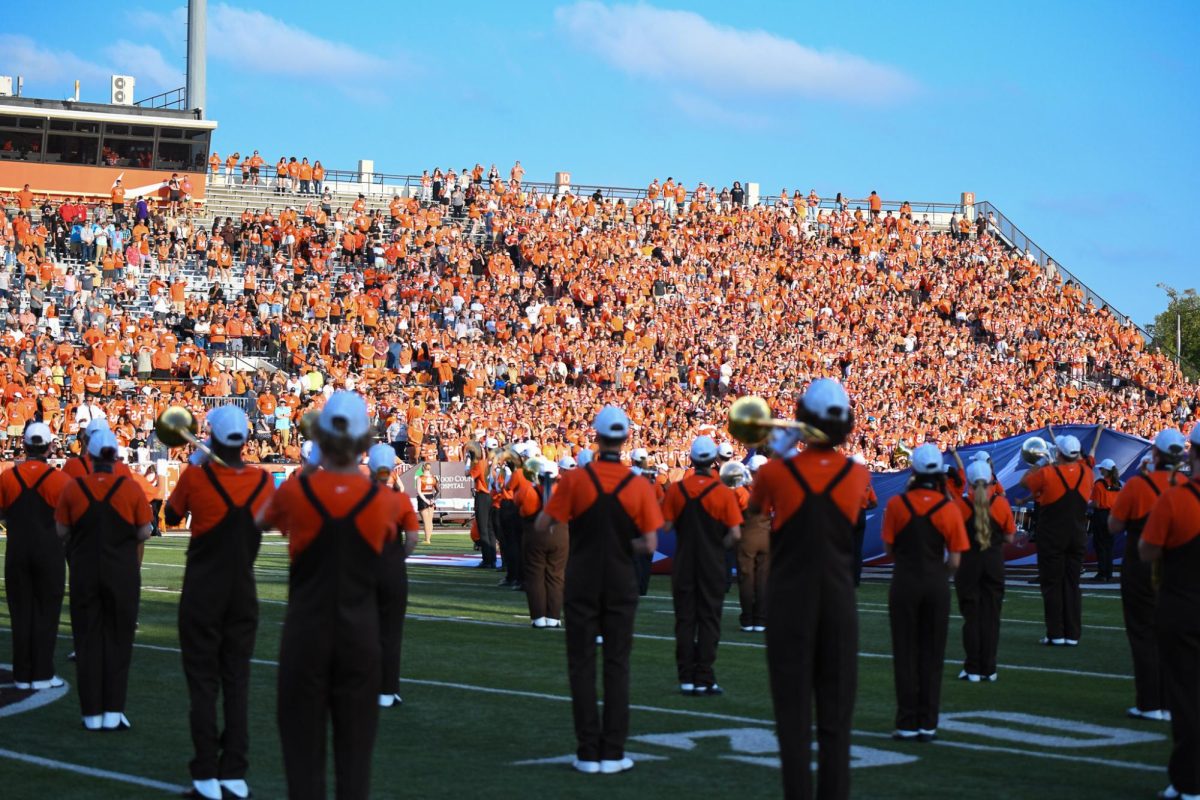By Les Blumenthal MCT
WASHINGTON – With more glaciers than any state in the Lower 48, Washington state has emerged as a bellwether for global warming.
The signs are not encouraging.
A national environmental group recently reported that North Cascades and Mount Rainier are among the dozen national parks most susceptible to climate change.
At Mount Rainier, which has more glacial ice than the rest of the Cascades combined and is among the best studied sites in the nation, the area covered by glaciers shrank by more than a fifth from 1913 to 1994, and the volume of the glaciers by almost one-fourth, the National Park Service says. From 1912 to 2001, the Nisqually Glacier on Mount Rainier retreated nearly a mile.
Since the first stirrings of the Industrial Revolution 150 years ago, glaciers in the northern Cascades have shrunk by 40 percent, and the pace is accelerating. The South Cascades Glacier, one of the most studied in the nation, has lost roughly half its mass since 1928.
In the Olympic Mountains, glaciers have lost about one-third of their mass.
“They are the canary in the coal mine,” Ed Josberger, the head of the U.S. Geological Survey’s ice and climate project in Tacoma, said of the glaciers in Washington state. “They are changing fast, and this is not good.”
The state’s official climatologist, Philip Mote, agreed.
“Everything is now retreating, and the smaller glaciers are disappearing,” said Mote, a research scientist at the University of Washington, who’s guarded in attributing the changes directly to global warming but concedes that the evidence is mounting.
Glaciers are affected by two climatic conditions: snowfall, which adds to their mass during the winter, and warm temperatures, which spur melting in the summer. The amount of snow falling in the Northwest is declining, while temperatures are rising.
During the 20th century, Mote said, temperatures in the region rose about 1.5 degrees Fahrenheit. In western Washington state, Mote said, the increase was even greater, roughly 2 degrees.
Despite some heavy snowfalls in the late 1990s – in the winter of 1998-99, Mount Baker recorded a record snowfall of 1,100 inches – the overall trend is negative.
“The decline in snowfall in the Northwest has been the largest in the West, and it is clearly related to temperature,” Mote said.
The glaciers in Washington state aren’t the only ones retreating. From the Arctic to Peru and from Greenland and Europe to East Africa, there are reports that glaciers are shrinking.
There are exceptions. Glaciers on California’s Mount Shasta, at the southern end of the Cascade range, have been growing, Mote said. Recent studies indicate that glaciers also might be growing in the Himalayas and other Asian mountain ranges.
No one is quite sure what causes these anomalies.
“The signature of human influence on climate is pretty clear on the continental scale and the regional scale,” Mote said.







